
views
Getting Started
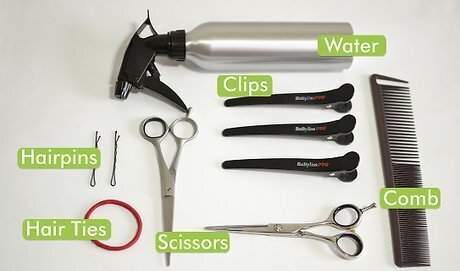
Get your supplies. You'll need a good pair of cutting scissors. They should be very sharp, as dull scissors won't give you a good cut. You'll also need hairpins, clips, or hair ties if you want to section off part of your hair, as well as a wide-toothed comb. Only use your hair-cutting shears for cutting hair. If you use them on other things, they will get dull, making it more difficult to cut your hair. Skip razors because they can make curly hair more frizzy.

Detangle your hair. It's easiest to detangle hair when it's a little wet. Use a wide-toothed comb, not a brush or regular comb. Start with the roots, and work your way down, gently pulling out tangles with the comb. If a tangle is being particularly stubborn, see if it need to be cut a bit to help untangle it.

Work with dry or mostly dry hair. While you can wash your hair first, you should work with dry hair when cutting curls. That way, it will be easier to cut just what you want, as the length changes between dry and wet. Some stylists say damp works well, too. Mainly, it means less drying time. Just make sure the curls have mostly scrunched up before you start cutting, so you can get an idea of the shape. Another option is misting dry hair with a light leave-in conditioner, so that you get the best of both worlds.
Cutting Your Own Hair
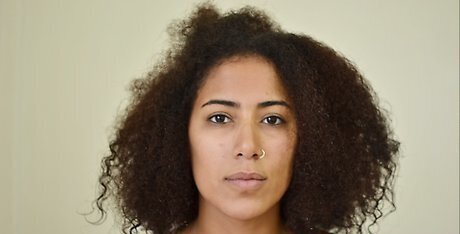
Try the 2-cut bob. If you're looking for a short bob, start by washing and drying your hair. You may want to add some leave-in conditioner. Comb your hair into a low ponytail at the back of your head. Don't get it too close to your head. Make sure you comb all the loose hairs and get the hair as straight as possible. Once you've got it combed into a ponytail, pull the elastic an inch or two down. Cut your hair straight across below the ponytail holder. Undo the ponytail. Comb your hair into a high ponytail onto the very top of your head. Once you get it all combed straight, cut across the top, as well, about two inches from the end of your hair. Comb it out, and you're done.

Try search and destroy with a mirror. This method works better in front of a mirror that magnifies. That way, you can really see what you're doing. The goal of search and destroy is to just take off what's damaged. "Dusting" is lighter than a trim, meaning you don't take as much off. Work on small, single sections of your hair at a time. Hold them up to the mirror so you can see which ones are damaged. Trim off the ends of curls that are damaged. Once you've got all the damaged ends in a section, move on to the next section. Pin back any area you've already trimmed.
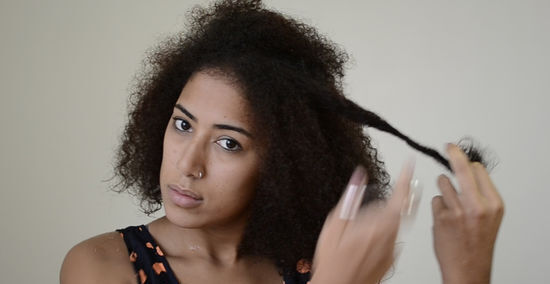
Search and destroy using the twist method. Start with detangled hair. Twist your hair into small sections. That is, curl the hair around your finger until it exposes the damaged ends. Trim off what you can. Make sure your hair is dry or just damp before starting this method. You can also do this method with small braids. Your sections should only be about an inch by an inch. Trim off 1/4 of an inch to 1/2 of an inch. Pin or tie back areas you've already trimmed.
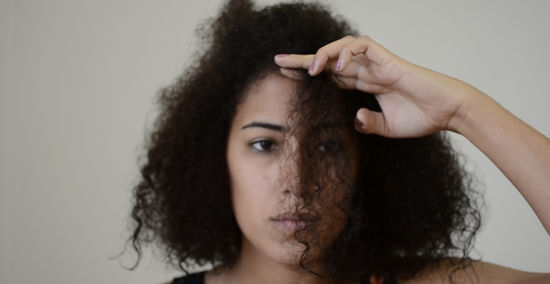
Use your fingers to search and destroy. Another way to find damage is to use your fingers to feel for it. As you run your fingers through your hair, feel for damaged ends. When you find some, trim that bit off. This method also works best with dry or damp hair. Once you've done an area, pin it up.
Trimming or Dusting Someone Else's Hair
Part it into small sections. As your parting it, twist or braid the hair to keep it in the small sections. You can also use small clips if you prefer. Small sections work best for this method, as it makes it easier to work with the hair. Try for about 1-inch by 1-inch sections, though if your hair is thinner, you can go a little bigger.
Work on one section at a time. With each section, undo the braid or clip. Comb it out, layering it between your fingers. Stretch it out until it's straight, and you have just the ends extending from your fingertips. Make sure not to use a brush, as that can frizz out the hair. Stick to a wide-toothed comb.
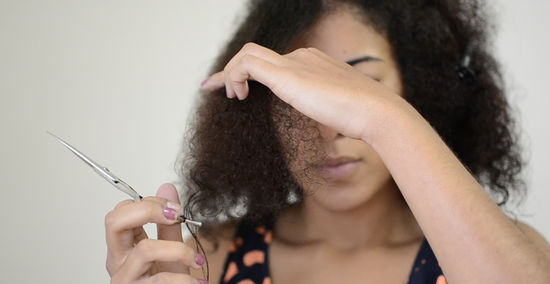
Trim or dust off as much as you want. "Dusting" refers to just taking off the damaged ends, while "trimming" is cutting off a bit more. Either one is fine. It just depends on the person's preference. With the hair between your fingers, cut off the ends sticking out. Go across in a straight line. The straight line can work here because it's only a very small section of hair.
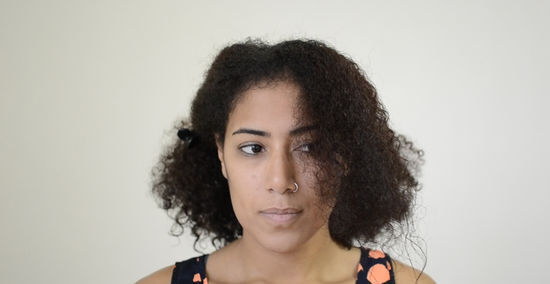
Move across the head. As you go, make sure you pin back the sections that you've already done. You don't want to do the same section twice. You can use bigger hair clips to pull back the hair that's already been trimmed. You can re-braid or twist sections to keep them out of the way of your cutting.

Do a final check. When you're done trimming, undo all the twists. Shake out the hair to make sure you have no major stray hairs sticking out. With curly hair, you won't have perfectly aligned hair, but trim away any obviously thick or long pieces.
Cutting Another Person's Hair

Have the person lean their head back. One way you can work on curly hair is having the person lean back. Pull the top layer of hair up into your hand, letting the edges hang out. You can also have the person flip forward instead. The point of this technique is to create instant light layers.
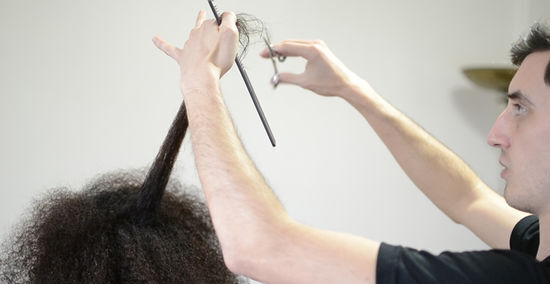
Cut the hair. With the hair in your hand, cut at an angle towards your hand, snipping off the ends. You're not going to get every hair. With curly hair, you don't always need to cut a straight line like you do with straight hair. One method you can use is to comb out a section. Use your fingers to hold the hair, moving out to the ends. Instead of cutting what's held between your fingers, cut on the other side of your hand. Cut at a downward angle, moving towards your fingers, being careful not to cut yourself. This technique helps to create texture.
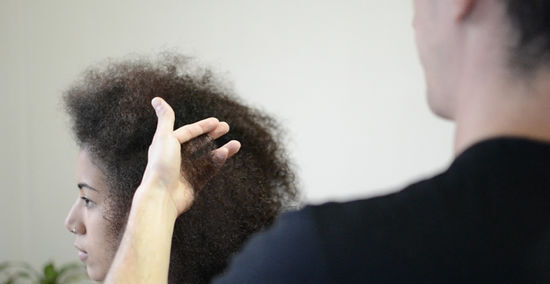
Thin it out a bit. Where the hair looks bulky, pull out individual curls to cut. Cut inward at angle, just as you did when you flipped the hair. Basically, you're just going to keep pulling out curls to trim off the ends a bit until the hair doesn't look so bulky.
Make layers. Layers help to give shape to curly hair. Long layers often work well, with the shortest layer starting at chin length and the rest of the layers going down from there. However, you can also go for very short. Just make sure it's at least 2 inches all over the person's head. While you're cutting, shape the hair to follow the shape of the person's head. Others swear by short layers, with the top layer being 5 to 6 inches long. You have to find what works best for each hair type. The flipping technique helps to give natural layers to the hair, so if you're happy with that, you don't need to add any more layers. To add layers, work down through the hair, shortening from the top to the bottom. However, you can also use clips to work on individual layers at time. Clip up most of the hair to work on the bottom layer. Pull some out for the next part, and work on that layer. Continue until you have as many layers as you want.
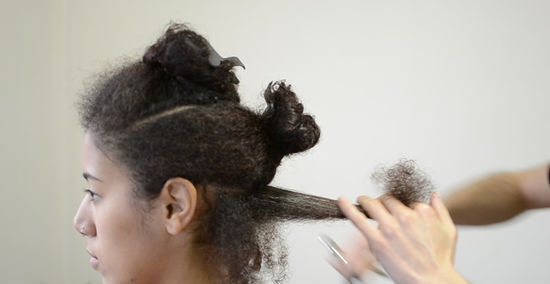
Trim off any dead ends. Though the hair flipping helps give the hair layers, it doesn't take care of dead ends on the bottom layer. Go around the bottom, pulling out any hair you see with dead or split ends. Pull the hair through your fingers, and trim off the ends.
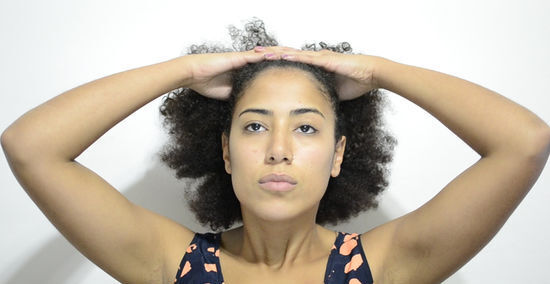
Look at the head as a whole. Once you're done, do a final check. Look for any major stray hairs, and trim away anything that you see that doesn't belong. Make sure to look at the person straight on so you can see where there's a problem, and don't forget to check the back, too.













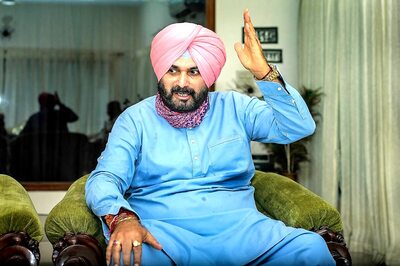
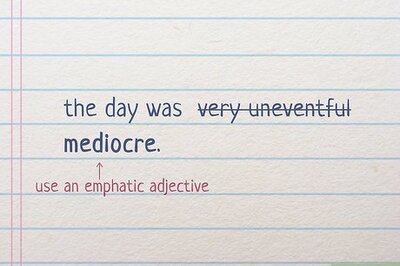
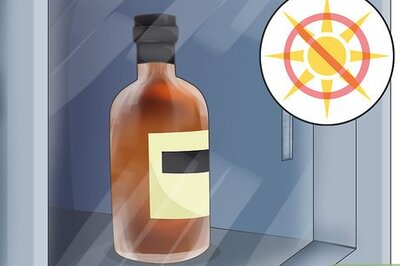


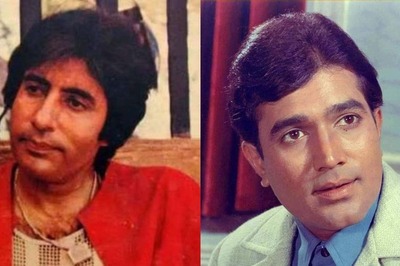

Comments
0 comment